.jpg)
The Impact of Sewage Backup in Residential Areas
Sewage backup in residential areas can be a highly disruptive and hazardous event. It occurs when the sewage from the municipal sewer system or septic tank backs up into the homes or properties. This backup can cause significant damage to the property, personal belongings, and pose health risks to the residents. Understanding the impact of sewage backup is essential for homeowners and property managers to ensure proper cleanup and restoration.
Health Risks and Safety Concerns
.jpeg)
One of the primary concerns of sewage backup is the health risks it presents. The contaminated water may contain bacteria, viruses, and other pathogens that can cause serious illnesses. Exposure to sewage can lead to gastrointestinal infections, respiratory issues, skin infections, and other health problems. Additionally, the foul odor and potential presence of toxic gases, such as methane, can further compromise indoor air quality and pose safety hazards for occupants.
Structural Damage
Sewage backup can cause significant structural damage to residential properties. The high water content and the corrosive nature of sewage can weaken building materials, such as drywall, flooring, and structural supports. Over time, this can lead to structural instability and compromise the integrity of the building. Prompt and thorough cleanup and restoration are necessary to address potential structural damage and prevent further deterioration.
Property Damage
Aside from structural damage, sewage backup can also result in extensive property damage. The contaminated water can saturate carpets, upholstery, furniture, and personal belongings. This can lead to irreversible damage and the need for extensive replacement or restoration. Additionally, sewage backup may also result in electrical system damage and damage to appliances and electronics.
.jpeg)
Environmental Impact
Sewage backup not only affects the immediate property and residents but also has an environmental impact. Contaminated water and waste can seep into the ground and nearby water sources, leading to water pollution and ecological damage. It is crucial to address sewage backup promptly and properly to minimize its environmental impact.
Proper Cleanup and Restoration of Sewage Backup
When faced with sewage backup in residential areas, it is essential to prioritize the safety and health of the occupants and address the issue promptly. Here are some key steps to take for proper cleanup and restoration:
1. Ensure Personal Safety
Before attempting any cleanup, it is crucial to ensure personal safety. Use proper personal protective equipment, such as gloves, masks, and goggles, to protect against exposure to contaminants. If necessary, evacuate the property and seek professional assistance.
2. Stop the Source of Water
If the sewage backup is due to a plumbing issue or a failure in the municipal sewer system, it is important to stop the flow of water. Shut off the main water supply or contact the appropriate authorities to address the issue.
3. Contact Professional Sewage Backup Cleanup Experts
Due to the health risks and specialized knowledge required for sewage backup cleanup, it is recommended to contact professional sewage backup cleanup experts. These professionals have the necessary equipment, expertise, and experience to safely and effectively clean up and restore the affected areas. They will assess the extent of the damage, remove the contaminated water and materials, sanitize the space, and restore it to its pre-loss condition.
4. Dispose of Contaminated Materials
All contaminated materials, including carpets, furniture, and personal belongings that cannot be salvaged, should be properly disposed of following local regulations. This will help prevent further contamination and the spread of pathogens.
5. Thoroughly Clean and Disinfect
The affected areas should be thoroughly cleaned and disinfected to remove any remaining contaminants. This includes using appropriate disinfectants and antimicrobial treatments to eliminate pathogenic organisms and reduce the risk of mold growth.
6. Address Structural Repairs
If there is any structural damage caused by the sewage backup, it is essential to address these repairs promptly. Engage the services of a qualified contractor or restoration company to assess and repair any structural issues to ensure the safety and integrity of the property.
7. Take Preventative Measures for Future Protection
To prevent sewage backup in the future, consider implementing preventative measures such as installing backwater valves, maintaining septic systems, and scheduling regular plumbing inspections. These measures can help minimize the risk of similar incidents in the future.
FAQs
What causes sewage backups in residential areas?
What are the health risks of sewage backup?
How can I prevent sewage backups in my home?
- Install backwater valves to prevent water from flowing back into the property.
- Maintain septic systems regularly, including pumping and inspections.
- Avoid disposing of grease, oil, or other substances that can cause clogs in drains or the sewer system.
- Ensure proper disposal of non-flushable items to prevent blockages.
- Schedule regular plumbing inspections to identify and address potential issues early.
By understanding the impact of sewage backup and taking the necessary steps for proper cleanup and restoration, homeowners can mitigate the damages and ensure a safe living environment. For professional sewage backup cleanup and restoration services, contact Service Water Restoration Pros.



